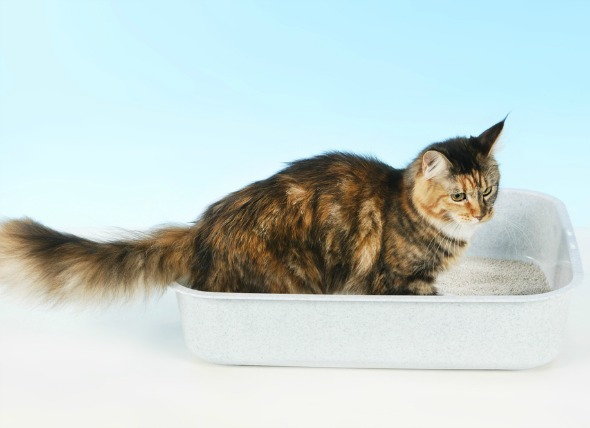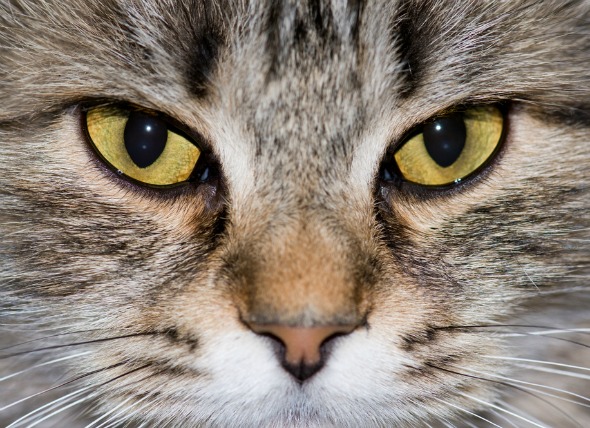
Neuroaxonal dystrophy is a group of inherited abiotrophies affecting different parts of brain. The term abiotrophy is used to denote loss of function due to degeneration of cells or tissues without known reasons. The age at onset varies in different breeds, but it is generally at about five weeks in cats.
Symptoms depend on the part of the brain that is affected.
You will need to give a thorough history of your cat’s health, including background history and a descriptions of the onset of symptoms. After taking a complete history, your veterinarian will conduct a complete physical examination. Laboratory tests include a complete blood count (CBC), biochemistry profile, and urinalysis. The results of these routine laboratory tests are usually within normal ranges. Diagnosis of neuroaxonal dystrophy is usually accomplished by differential diagnosis. That is, by excluding other diseases and conditions until the correct cause for the condition is settled upon. A concrete diagnosis is usually made during postmortem of affected patients.
No specific treatment is available to alter the course of this disease.
Activity is restricted in affected cats to prevent falls. This disease is not necessarily fatal, but may lead to incapacitation in affected cats. Observe your cat’s activity, and do what you can to make sure that your cat does not injure itself in preventable falls, such as with swimming pools, stairs and open windows.
 Why Do Cats Spray Indoors?
Why Do Cats Spray Indoors?
Why Do Cats
Why Do Cats Spray Indoors?
Why Do Cats Spray Indoors?
Why Do Cats
 Does Cayenne Pepper Keep Cats Out of the Garden?
Does Cayenne Pepper Keep Cats Out of the Garde
Does Cayenne Pepper Keep Cats Out of the Garden?
Does Cayenne Pepper Keep Cats Out of the Garde
 The Consequences of Feeding Wild Cats
The Consequences of Feeding Wild Cats
The Consequences of Feeding Wild Cats
The Consequences of Feeding Wild Cats
 Urinary Tract Infections in Cats
Feline Idiopathic Lower Urinary Tract Disease in
Urinary Tract Infections in Cats
Feline Idiopathic Lower Urinary Tract Disease in
 Unequal Pupil Size in Cats
Anisocoria in Cats
The pupil is the circular open
Unequal Pupil Size in Cats
Anisocoria in Cats
The pupil is the circular open
Copyright © 2005-2016 Pet Information All Rights Reserved
Contact us: www162date@outlook.com